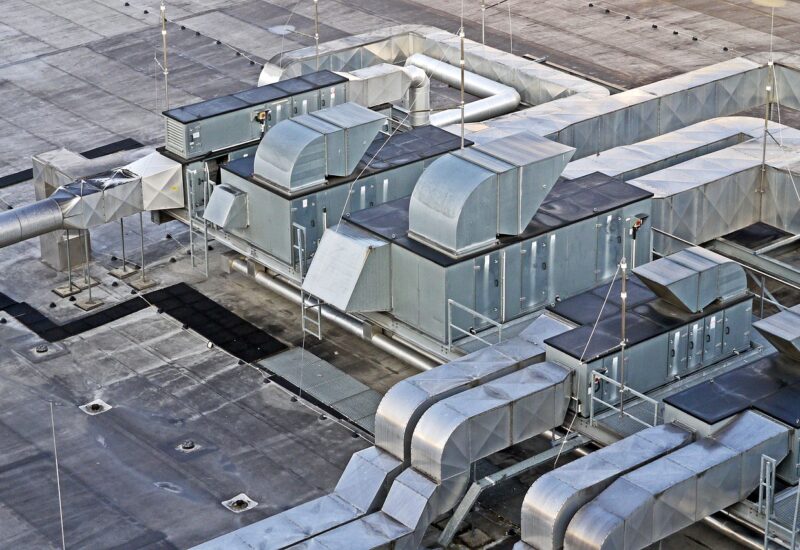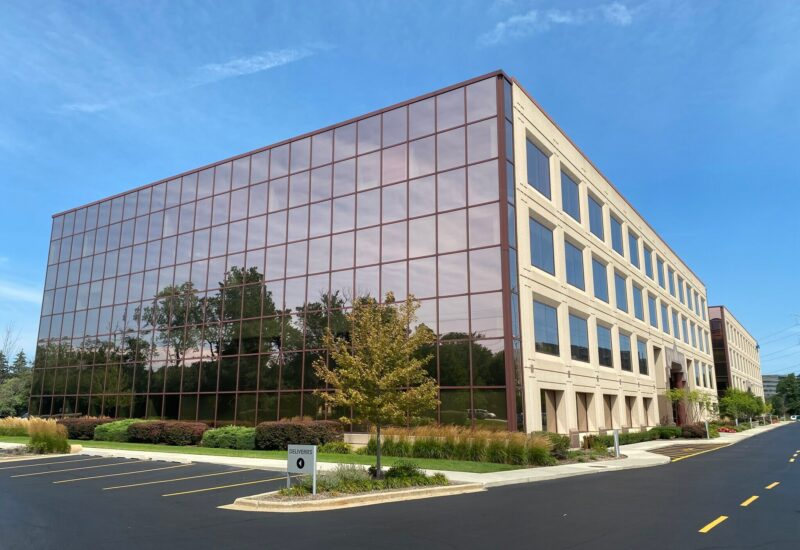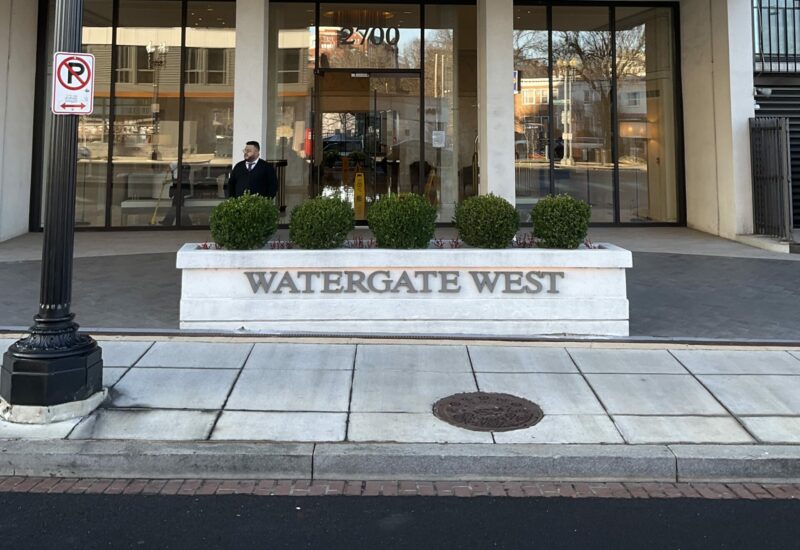The District of Columbia’s Building Energy Performance Standards (BEPS) is now in full effect. This blog series will give you a breakdown of BEPS, its requirements, deadlines, compliance pathways, and strategy and implementation. In Part 2 of the DC BEPS blog series, we explain the current BEPS cycle and upcoming milestones for DC’s benchmarking regulations.
If you own or operate a building in Washington DC, you should be paying attention to the BEPS. This policy requires buildings to meet a minimum level of energy performance. If the requirement is not met, steps must be taken to reduce building energy use or face financial penalties of up to $10 / square foot of building area. The policy currently applies to privately owned buildings that are 50,000 ft2 and larger. Starting in 2027, the policy will apply to privately owned buildings that are 25,000 ft2 and larger.

For buildings that do not meet the standards they must follow one of four compliance pathways to avoid financial penalties: 1) the performance 2) the standard target 3) the prescriptive and 4) the alternative compliance pathways. For the general BEPS program and for each compliance pathway, there are some key dates that building owners should be aware of. For the current BEPS cycle (BEPS-1), the dates include a one-year delay for the COVID-19 public health emergency, unless a property opts out of this adjustment option. In addition, DC’s benchmarking regulations have some upcoming milestones that building owners should be aware of. These key dates are summarized below:
- April 1, 2022 – Benchmarking data for privately owned buildings 25,000 ft2 and larger are due. This lowers the size threshold from 50,000 ft2 to 25,000 ft2.
- April 1, 2023 – BEPS-1 Compliance Pathway selections must be submitted to the DC Department of Energy and Environment (DOEE) via the BEPS Web Portal. ASHRAE Level 2 Energy Audit is due for the properties following the Prescriptive Pathway.
- April 1, 2024 – Prescriptive Pathway Action Plan that includes the property’s Integrated Design Workshop, Operations and Maintenance Program, and final Energy Efficiency Measures (EEM) package is due. Third-party verification for 2023 benchmarking data is due to DOEE.
- January 2025 –BEPS-2 will start January 1, 2027, based on 2025 benchmarking data.
- April 1, 2026 – Implementation Report for properties following that Prescriptive Pathway is due. The report must document and verify the implementation of measures and the O&M plan.
- January 1, 2027 – BEPS-2 begins and will apply to privately owned buildings 25,000 ft2 and larger. BEPS-2 will be based on 2025 building energy benchmarking data.
- April 1, 2027 – Completed Actions Report is due for properties following the Performance and Standard Target Pathways. Evaluation, Monitoring and Verification Report for Properties following the Prescriptive Pathway is due. 2026 benchmarking data is due. BEPS-1 compliance for Performance and Standard Target Pathways will be assessed based on the 2026 benchmarking data. Third-party verification for 2026 benchmarking data is due to DOEE.

Have any questions? Contact us!






